How NIM accelerates the adoption of sustainable technologies
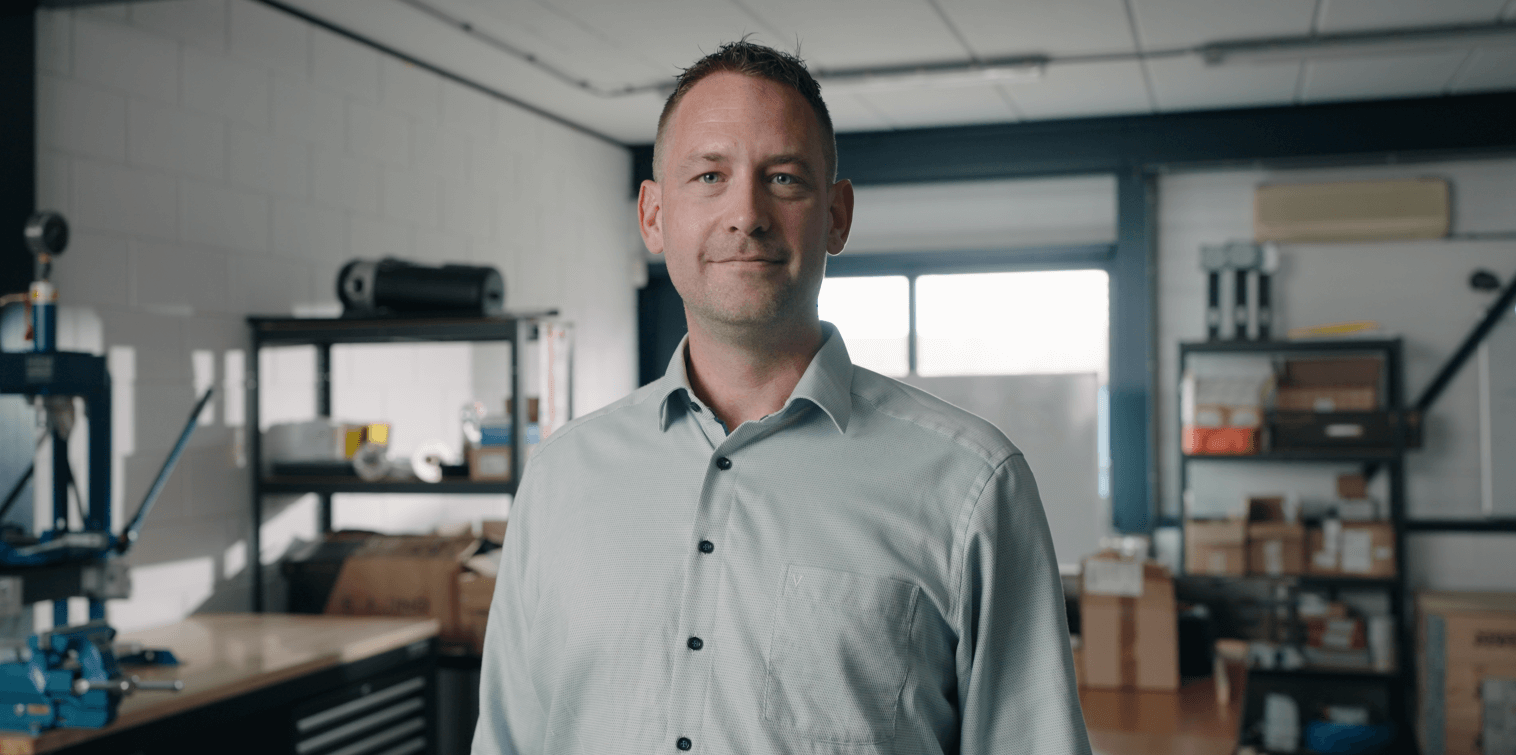
This is the mission of the Nederlandse Innovatie Maatschappij (NIM). Founded by entrepreneurs with decades of experience in shipbuilding, propulsion and successfully running businesses, NIM functions as an innovation hub for its members (not clients!). With its own test facilities and an expanding network of partners, NIM accelerates the adoption of sustainable technologies by lowering risks, forming consortia and creating space to innovate.
“We see ourselves as the R&D department for our members,” explains Sander Roosjen, Chief Technology Officer at NIM. “Each member becomes, for a small part, co-owner of NIM, which increases commitment and engagement between the members. Whenever there is an opportunity for innovation, we bring the right partners together in an early stage. That way we share expertise, spread risk and accelerate implementation.”
Why NIM was founded
The idea for NIM emerged from a simple frustration: innovation in shipping often takes too long. New fuels, new engines and digital solutions face long development cycles at OEMs and conservative adoption by shipowners. Meanwhile, newbuild vessels come into operation with mainly conventional drivetrains, pushing targets further away.
“There are currently a few dozen vessels in the world that run on electricity, hydrogen or other alternative means of propulsion. However, the installed base of diesel engines is still enormous,” says Roosjen. “If we want to get anywhere near zero emissions, we need to retrofit existing technology as well as develop new systems – at scale. That requires a long breath and close cooperation between industries, knowledge institutes and governments.”
By setting up NIM as a collaborative platform, the founders created a way to ‘integrate the value chain’. Its members range from shipyards and system integrators to insurers. They all become shareholders, giving them access to projects, networks and first rights on innovation opportunities.
What happens in the lab? Methanol (and more)
At NIM’s research lab, methanol is currently at the centre of attention. Tests are underway on high-speed engines to study combustion behaviour, fuel injection methods, heat balance and exhaust after-treatment. “Two-stroke engines at low speed can run on methanol more easily, as we see with some large shipowners,” Roosjen explains. “But high-speed engines are more complex. We need to make sure methanol vaporises properly, burns efficiently and does not compromise performance.”
Projects such as MENENS (Methanol as an Energy Step Towards Emission-free Dutch Shipping) and MethaNorms tackle these challenges head-on. The first is about technical feasibility - what happens inside engines and exhaust systems - while the second focuses on retrofitting a seagoing vessel.
Other projects, such as H2ESTIA (a hydrogen-powered coaster with shipowner ‘Rederij van Dam’), MOBY-NL and Columbus Zero One, demonstrate NIM’s broad scope: from fuels and engines to system integration and digitalisation.
A vision on decarbonisation
For Roosjen, the energy transition is both urgent and complicated. “Politically, everyone talks about the energy transition. But if you look at how much energy we produce sustainably worldwide, it’s still very little (see for example here). We want to move in that direction, but let’s keep it realistic: this is a long-term process and in the meantime we’ll also have to adapt to some degree of climate change.”
That realism does not diminish his motivation. “Anthropogenic CO₂ emissions are driving climate change. That must come down. Every day I go to work motivated to help speed up the transition. But we need better conditions: a stronger investment climate, less regulatory pressure and more focus on bringing ideas to maturity. The Netherlands is good at generating ideas, but too few make it to real implementation.”
Human capital: innovation is a people business
Alongside technology, human capital is a central concern for NIM. “By 2050 we can design the best systems, but if we don’t have people to work with them, it won’t happen,” Roosjen says. He points out that innovation is still a hands-on world: ideation, welding, composites, system installation, to name a few tasks. “Too few young people are choosing technical careers and the maritime sector lacks visibility compared to automotive or aerospace. We need to make education more efficient and engaging. And, importantly, we also need to keep the craft alive. You can’t digitise everything.”
That is why NIM launched MARTECHLAB, an in-house platform connecting students with industry challenges, providing internships, research assignments and career paths. “Human error causes 90% of accidents,” Roosjen stresses. “By engaging students early and linking them to real projects, we improve safety, quality and the attractiveness of the sector.” NIM also supervises bachelor and master students in maritime sustainability, bridging fundamental sciences with applied research. “We bring high-tech knowledge into the sector and make sure it lands with companies where it can make a difference.”
Why the Rotterdam region?
For international companies, Rotterdam offers the perfect base to be part of this innovation ecosystem. “Here you have everything,” Roosjen says. “Shipyards, suppliers, universities, ports, regulators, accelerators, investors, service providers and more. And because we are directly connected to the wider European and global market, foreign companies can join as members and gain access to projects, consortia and networks as well.”
The typical Rotterdam mentality - pragmatic, collaborative, no-nonsense - also helps. “If you have a good idea, you can get people on board quickly. That’s what makes this region unique.”
Looking ahead
NIM, now 2.5 years running, continues to expand its role as an innovation accelerator. For Roosjen, the path forward is clear: “Decarbonisation, digitalisation and human capital must go hand in hand. You cannot separate them. That’s how we make shipping more sustainable, efficient and future-proof.”
His message to the sector is simple: join in, collaborate and invest in both technology and people. “The energy transition is not a technical problem alone; it’s a human challenge, bigger than any single company, sector or nation. It’s a challenge for humanity. We can only achieve it together.”
Download our guide
Learn from entrepreneurs who have already grown their business in the Rotterdam region. Download the free PDF for practical advice, valuable contacts and local insights. Ready to take the next step? Discover how Rotterdam can help your business grow.
Shaping sustainable shipping: innovation, people and partnerships in Rotterdam
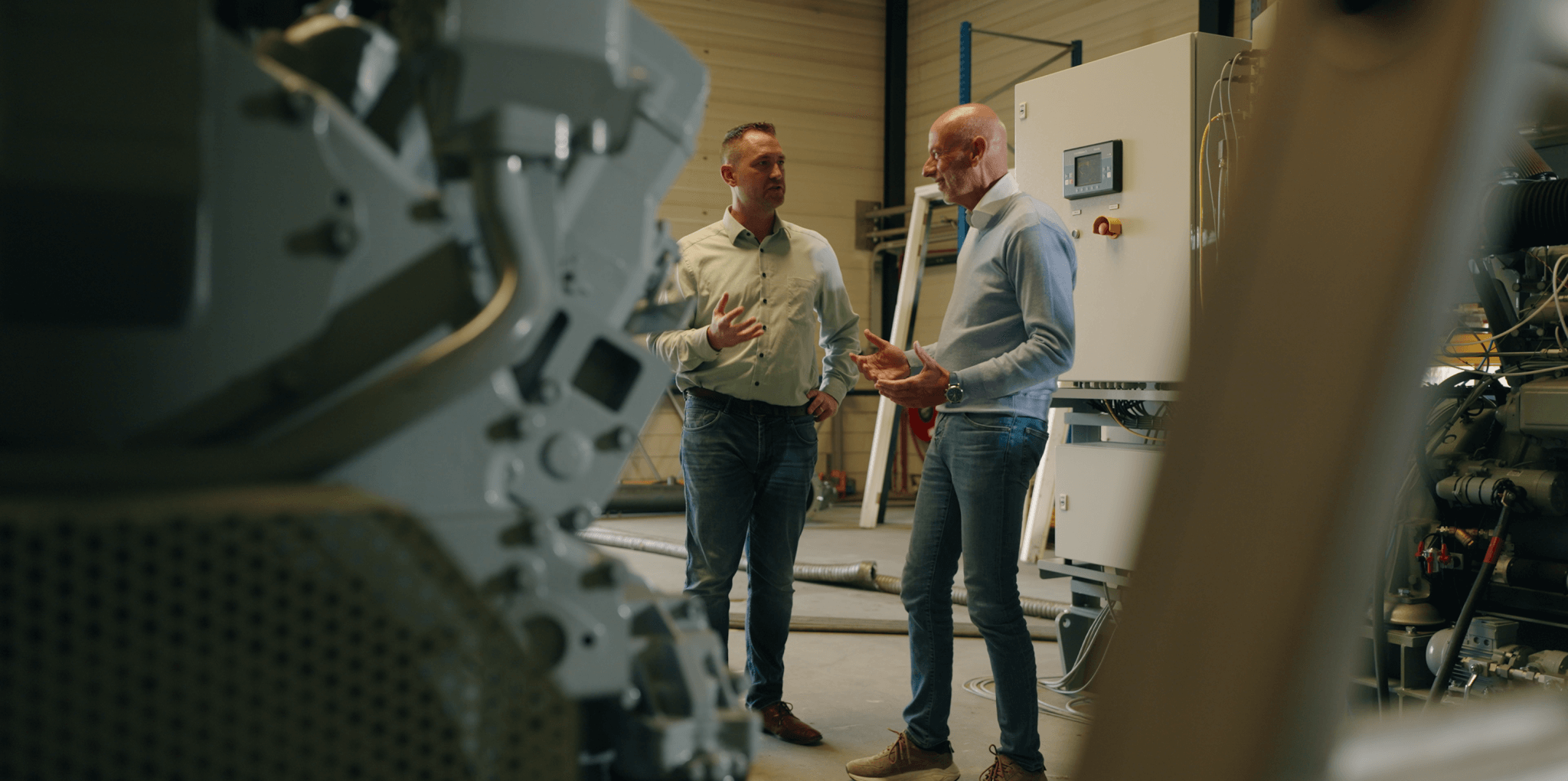

Beyond the engine: testing methanol for cleaner shipping
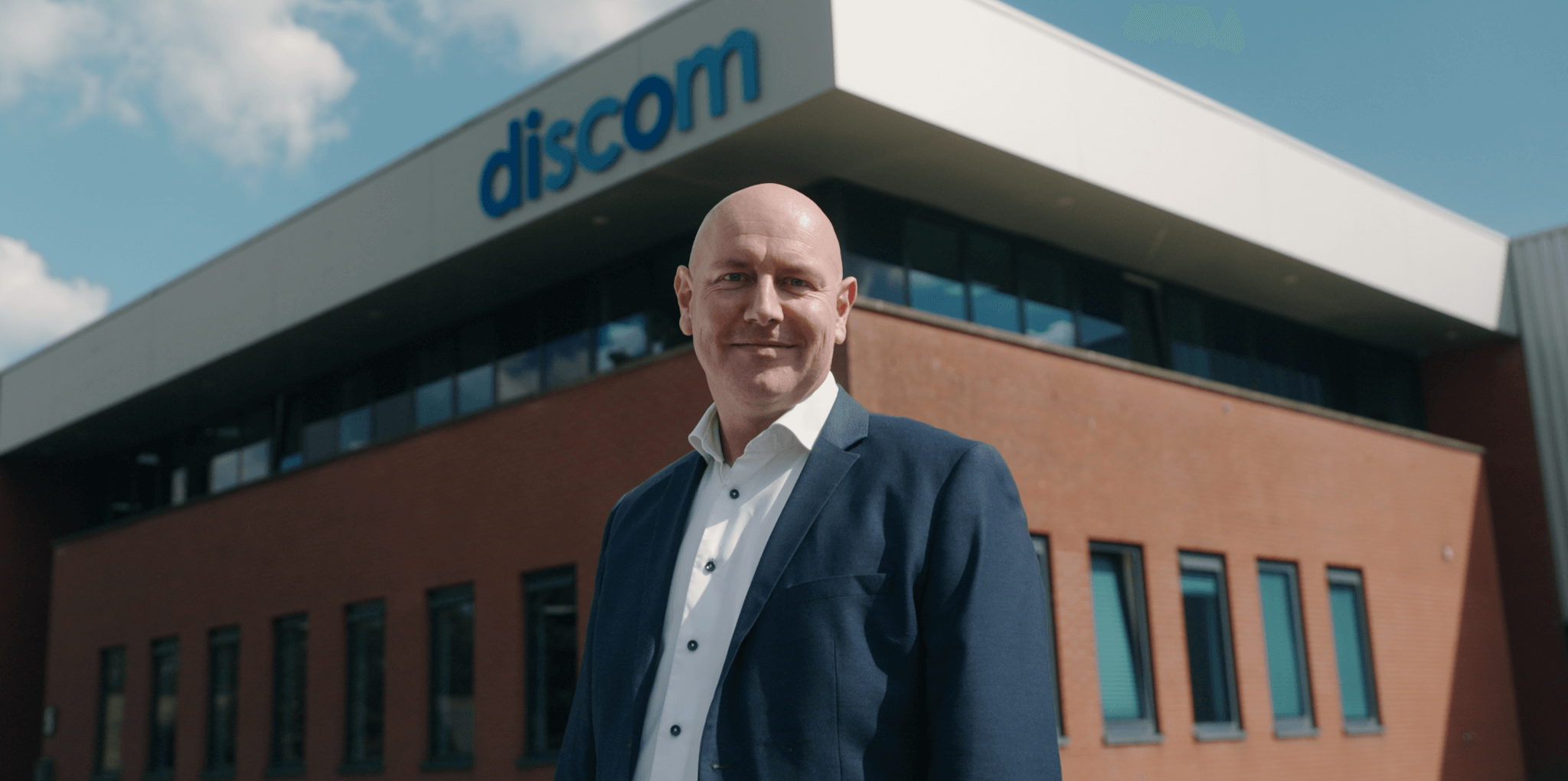

How Jeff de Graaf builds bridges between technology and talent
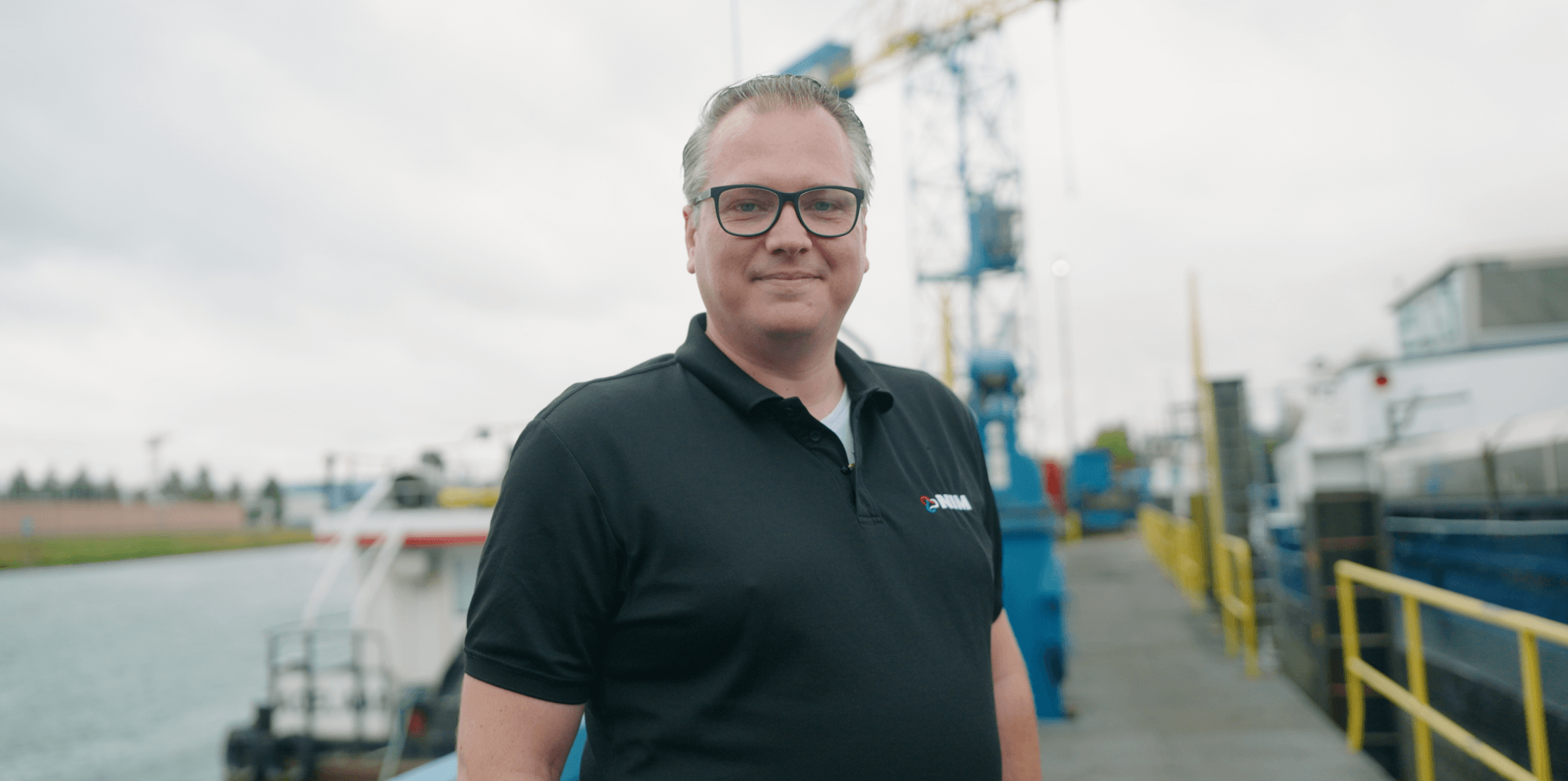

How Simwave prepares crews for the fuels of the future
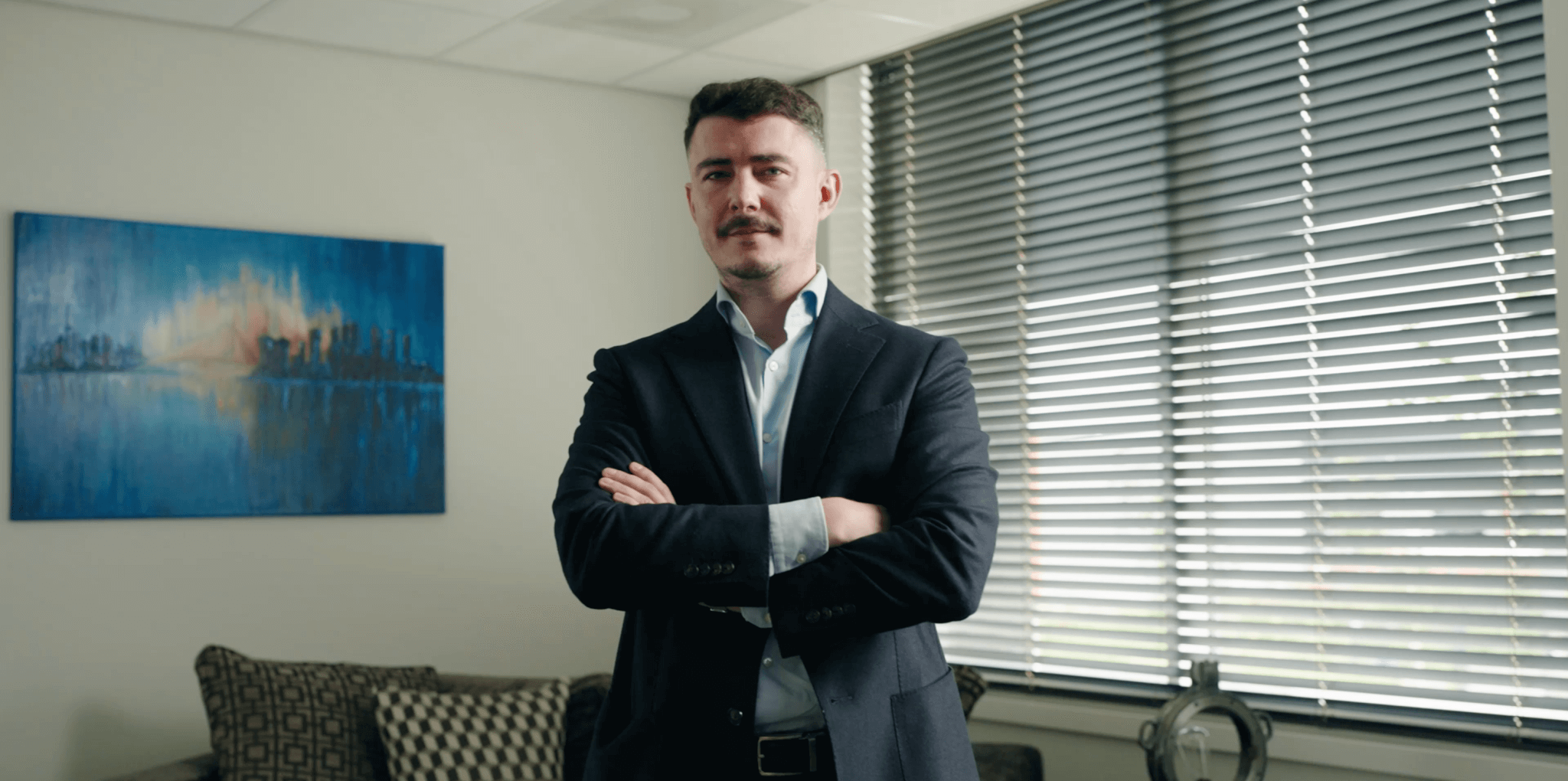

Navigating Rotterdam’s port sector with care and collaboration: Elisa Alonso on women, work and circular change

